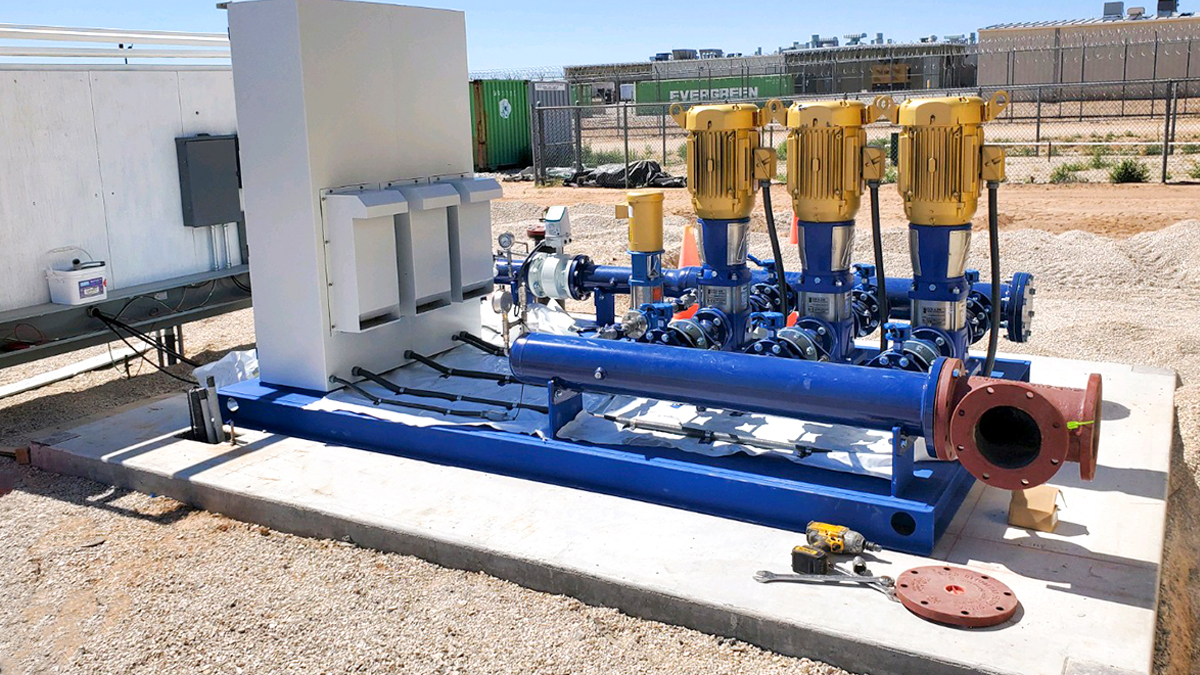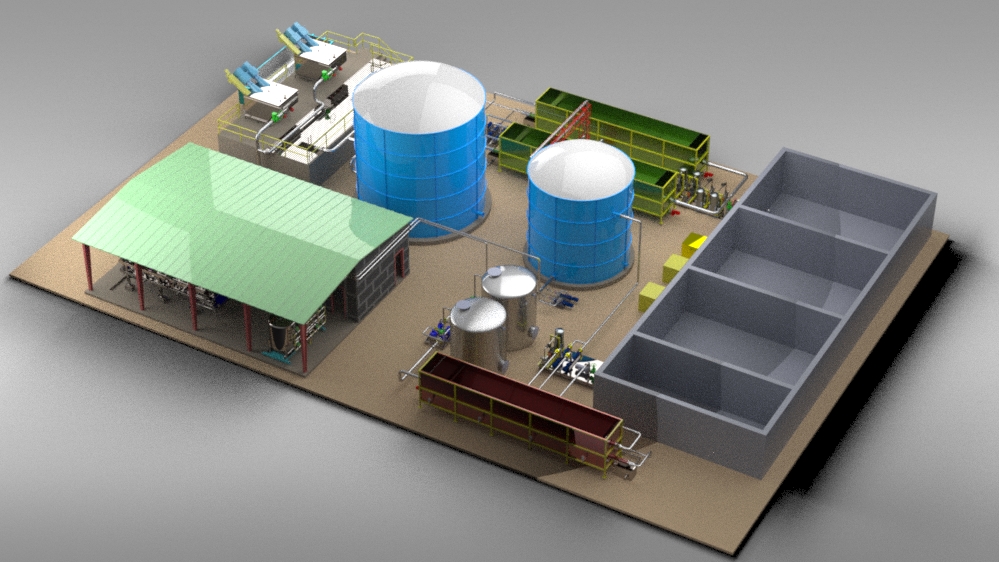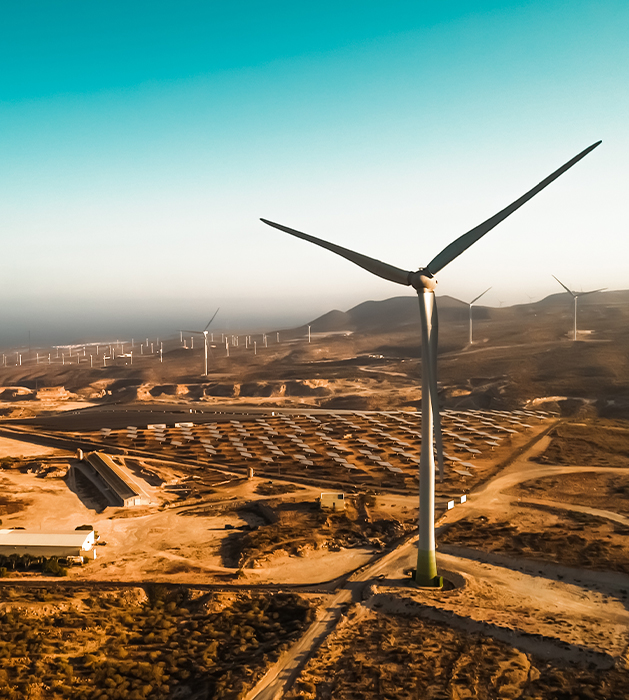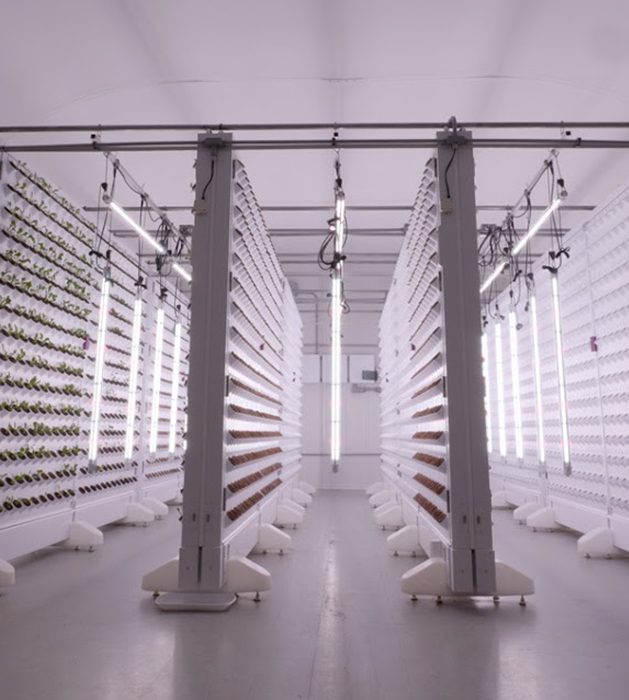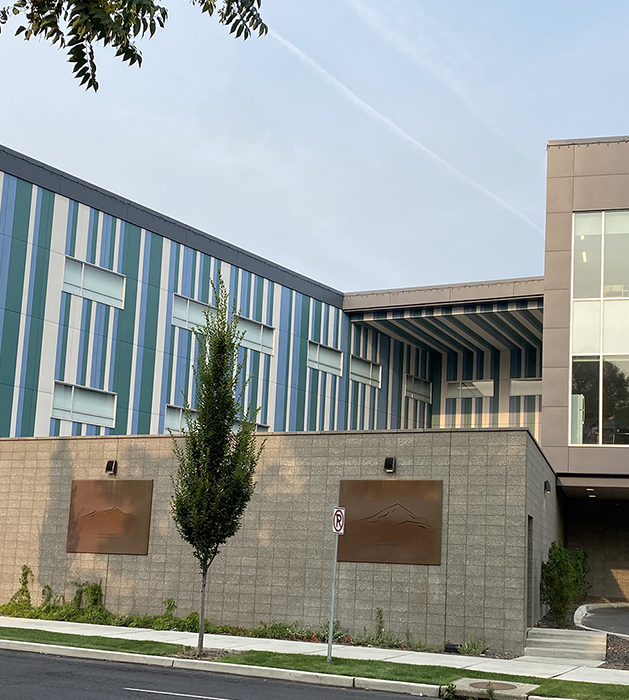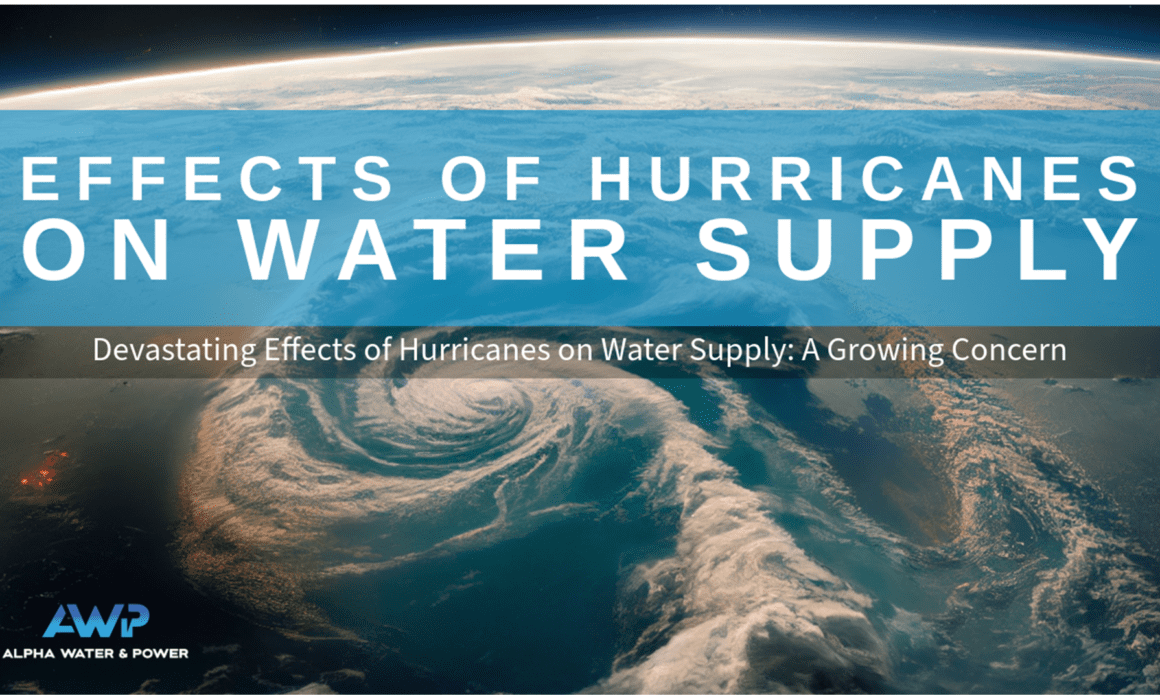The Devastating Effects of Hurricanes on Water Supply: A Growing Concern
Hurricanes like Helene bring floods and devastation, but the real crisis comes when clean drinking water becomes scarce.
Introduction
Hurricanes are among the most powerful and destructive forces of nature, and their impact on communities can be devastating. While much attention is often given to the immediate damage caused by high winds and storm surges, one of the most critical and long-lasting effects of hurricanes is their disruption of the water supply. Flooding, infrastructure damage, and contamination can all contribute to a severe shortage of clean drinking water, leaving communities without reliable access to one of life’s most basic necessities.
The aftermath of Hurricane Helene in North Carolina is a prime example of how hurricanes can lead to water supply crises. Despite the deluge of rain, residents were left without clean water to drink—a paradox that highlights the vulnerability of water systems to natural disasters.
How Hurricanes Impact Water Supply
Hurricanes affect water supplies in several ways, from overwhelming infrastructure with floodwaters to contaminating water sources with debris, chemicals, and sewage. These combined effects can lead to a situation where, despite the abundance of water from the storm, none of it is safe to drink.
Flooding and Water Contamination
One of the most immediate concerns after a hurricane is flooding. Heavy rainfall and storm surges often inundate communities, causing widespread flooding that can overwhelm water treatment plants and distribution systems. This flooding can introduce harmful contaminants into the water supply, including bacteria, chemicals, and other pollutants.
In the case of Hurricane Helene, parts of North Carolina experienced severe flooding that compromised drinking water systems. As floodwaters receded, they left behind a toxic mix of pollutants, making tap water unsafe for consumption. Even more concerning, floodwaters can enter wells and other groundwater sources, contaminating what may have been previously clean water supplies.
Infrastructure Damage
Hurricanes often wreak havoc on the infrastructure that delivers clean water to communities. Water treatment plants, pipelines, and distribution networks can be damaged or completely destroyed by powerful winds, fallen trees, and debris. When these systems are compromised, the ability to purify and distribute water is severely hampered.
In western North Carolina, for example, the damage from Helene left many without a reliable water supply for weeks. Treatment plants struggled to restore normal operations, while broken pipes and damaged storage tanks further complicated efforts to provide clean drinking water to affected areas. Restoring these critical systems can take days, weeks, or even months, depending on the extent of the damage.
Saltwater Intrusion
Hurricanes that bring storm surges can also push saltwater far inland, contaminating freshwater sources like rivers, reservoirs, and aquifers. When saltwater mixes with freshwater, it can render the water undrinkable and unsuitable for many agricultural and industrial purposes. For coastal communities, this problem can persist long after the storm has passed, as it takes time for natural systems to flush out the salt and restore the balance of freshwater.
Saltwater intrusion is a growing concern, particularly in low-lying areas vulnerable to rising sea levels and stronger storm surges. As climate change intensifies, the risk of saltwater contaminating freshwater supplies is becoming a more frequent and severe issue, leaving communities grappling with long-term water shortages.
The Aftermath: Communities Struggling for Clean Water
In the wake of a hurricane, communities often find themselves in desperate need of clean drinking water. Despite being surrounded by floodwaters, the inability to access safe water can lead to public health crises, as residents turn to unsafe sources or ration what little clean water they have left.
The North Carolina Water Crisis
After Hurricane Helene, western North Carolina faced a water crisis that underscored the severity of the situation. As floodwaters receded, many residents were left without access to clean drinking water. Public water systems were either offline or contaminated, and bottled water became a scarce and valuable commodity.
For days, residents relied on emergency supplies of bottled water, while local and state officials worked to restore the damaged infrastructure. However, the question of when residents would have reliable access to clean water again remained uncertain. The situation was dire, with long lines at water distribution points and growing frustration among those waiting for relief.
Health Risks of Contaminated Water
When hurricanes disrupt water supplies, the health risks can be significant. Drinking or using contaminated water can lead to a range of waterborne illnesses, including gastrointestinal infections, skin rashes, and respiratory issues. Vulnerable populations, such as children, the elderly, and those with compromised immune systems, are particularly at risk of contracting serious illnesses from contaminated water.
In North Carolina, health officials warned residents to boil their water before drinking it, but in many cases, residents lacked the electricity or resources to do so. This left them with few options for ensuring their water was safe, further compounding the public health risks.
Building Resilience: How Can Communities Prepare for Water Supply Disruptions?
As hurricanes grow more frequent and intense due to climate change, ensuring the resilience of water systems in hurricane-prone regions is becoming increasingly important. There are several steps that communities, governments, and water utilities can take to better prepare for the inevitable disruptions that hurricanes bring.
Strengthening Water Infrastructure
Investing in stronger, more resilient infrastructure is a key step in protecting water supplies from the impacts of hurricanes. This includes upgrading water treatment plants, reinforcing pipelines, and building storage tanks that are resistant to flood damage. Additionally, installing backup power systems at critical facilities can help ensure that water treatment processes continue even if the power grid goes down.
Protecting Water Sources
Safeguarding water sources from contamination is another important measure. Communities can take steps to protect wells, reservoirs, and other freshwater sources from floodwaters by constructing barriers, improving drainage systems, and maintaining natural buffers like wetlands. These measures can help prevent pollutants from entering the water supply during a storm.
Emergency Water Supply Plans
Having an emergency water supply plan in place can make all the difference in the aftermath of a hurricane. This includes stockpiling bottled water, deploying mobile water treatment units, and establishing distribution networks to get clean water to affected residents quickly. Local governments and utilities should work together to ensure that these plans are well-coordinated and ready to be activated when disaster strikes.
Conclusion: Water, the Essential Resource in Times of Crisis
Hurricanes are a stark reminder of the fragility of our water systems. In the face of powerful storms, even the most advanced infrastructure can fail, leaving communities without access to clean drinking water. The experience of Hurricane Helene in North Carolina serves as a sobering example of the challenges that arise when a natural disaster disrupts water supplies.
As climate change continues to fuel stronger and more frequent hurricanes, the need for resilient water systems has never been more urgent. By investing in infrastructure, protecting water sources, and preparing for emergencies, communities can mitigate the devastating effects of hurricanes on their water supply and ensure that clean, safe drinking water remains available, even in the face of disaster.
FAQs
How do hurricanes affect water supply?
Hurricanes can damage water treatment plants, pipelines, and distribution networks, while also contaminating water supplies with pollutants from floodwaters. This leads to a shortage of clean drinking water.
What happened to the water supply in North Carolina after Hurricane Helene?
After Hurricane Helene, parts of western North Carolina experienced a severe water shortage. Floodwaters contaminated drinking water supplies, and damaged infrastructure made it difficult to restore clean water quickly.
Why does saltwater intrusion occur during hurricanes?
Hurricanes often bring storm surges that push saltwater inland. This can contaminate freshwater sources like rivers and aquifers, making them unsuitable for drinking or agricultural use.
What are the health risks of using contaminated water after a hurricane?
Using contaminated water can lead to waterborne illnesses, including gastrointestinal infections, skin rashes, and respiratory issues. It is crucial to boil water or use bottled water in the aftermath of a hurricane.
How can communities prepare for water supply disruptions caused by hurricanes?
Communities can strengthen their water infrastructure, protect water sources from contamination, and develop emergency water supply plans to ensure clean drinking water is available after a hurricane.
What is the long-term solution for protecting water supplies from hurricanes?
The long-term solution includes investing in resilient infrastructure, improving drainage systems, protecting natural water buffers, and addressing climate change to reduce the frequency and intensity of hurricanes.
